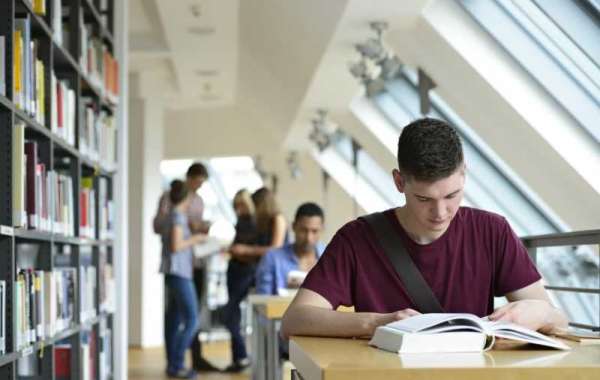In the realm of acting, physicality and movement are not mere accessories but essential components that define a character’s presence and impact on stage or screen. Mastering these elements is crucial for creating authentic and engaging performances. Acting classes play a pivotal role in helping actors develop their physicality and movement skills, offering techniques and exercises that enhance their ability to embody characters fully. Here’s how acting classes contribute to refining these crucial aspects of performance.
**1. Understanding Physical Presence
One of the primary goals of acting classes is to help actors understand and develop their physical presence. Physical presence refers to how an actor occupies space and interacts with their environment, conveying their character’s essence through body language and movement. Acting classes offer exercises that focus on posture, gestures, and spatial awareness, allowing actors to project confidence and authority, or vulnerability and restraint, as required by their role.
**2. Improving Body Awareness
Body awareness is a fundamental aspect of effective physical acting. Through various exercises in acting classes, actors learn to become more conscious of their bodies and how they move. This increased awareness helps actors control and refine their physicality, enabling them to convey emotions and intentions through subtle or dramatic movements. Techniques such as body scans, relaxation exercises, and movement improvisations are often employed to enhance body awareness.
**3. Developing Physical Techniques
Acting classes introduce actors to a range of physical techniques that can be applied to their performances. These techniques include elements from disciplines such as mime, dance, and stage combat. By incorporating these techniques into their training, actors learn how to use their bodies more expressively and dynamically, adding layers of depth to their performances. For instance, training in stage combat can help actors perform fight scenes convincingly and safely, while dance training can improve their rhythm and coordination.
**4. Exploring Character Movement
Every character has a unique way of moving that reflects their personality, background, and emotional state. Acting classes provide actors with the tools to explore and develop these distinct movements. Through character-based exercises, actors experiment with different physical attributes—such as gait, posture, and mannerisms—to create a believable and nuanced representation of their characters. This exploration helps actors inhabit their roles more fully and make their performances more compelling.
**5. Enhancing Emotional Expression
Physicality is closely linked to emotional expression. Acting classes teach actors how to translate their emotions into physical actions, enhancing the authenticity of their performances. Techniques such as the Michael Chekhov method or Stanislavski’s system help actors connect their emotional experiences with physical expression. By practicing these techniques, actors learn to embody emotions through gestures, movements, and facial expressions, creating a more integrated and impactful portrayal.
**6. Mastering Stage and Screen Movement
The demands of stage and screen acting differ significantly, particularly in terms of movement. Acting classes address these differences by teaching actors how to adapt their physicality to various performance mediums. For stage acting, actors may work on projecting their movements to reach audiences at a distance, while for screen acting, they focus on subtle and precise movements that are captured by the camera. Understanding these nuances helps actors deliver performances that are effective and appropriate for the medium they are working in.
**7. Building Physical Stamina and Flexibility
Acting often requires physical endurance and flexibility, especially during long rehearsals or performances. Acting classes incorporate exercises that build physical stamina and flexibility, helping actors maintain their energy and adapt to different physical demands. Activities such as yoga, stretching, and strength training are commonly included to enhance overall physical fitness, which supports sustained and dynamic performances.
**8. Improving Coordination and Timing
Coordination and timing are crucial for executing complex physical actions and choreography. Acting classes focus on developing these skills through practice and repetition. Exercises designed to improve coordination, such as working with props or engaging in ensemble movement activities, help actors achieve seamless and synchronized movements. Timing exercises, often used in comedic or dramatic scenes, ensure that physical actions are executed with precision, contributing to the overall effectiveness of the performance.
**9. Fostering Creative Movement
Acting classes encourage actors to explore and experiment with creative movement. This creative exploration allows actors to break free from conventional physical habits and discover new ways to express their characters. Improvisational exercises, movement games, and exploration of different physical styles help actors develop a more versatile and imaginative approach to movement, enriching their performances with originality and innovation.
**10. Integrating Physicality with Voice Work
Effective acting involves the integration of physicality with vocal performance. Acting classes often emphasize the connection between movement and voice, teaching actors how to use their bodies to support vocal delivery and vice versa. By coordinating physical movements with vocal expression, actors create a more cohesive and engaging performance, ensuring that their physical and vocal elements work in harmony.
Conclusion
The development of physicality and movement is integral to effective acting, and acting classes offer essential training in these areas. Through exercises that enhance body awareness, explore character movement, and improve coordination and timing, actors learn to use their bodies as expressive tools. By mastering these skills, actors can create more authentic, dynamic, and memorable performances. Investing in acting classes not only enhances your physicality but also enriches your overall acting technique, helping you bring your characters to life with depth and nuance.







